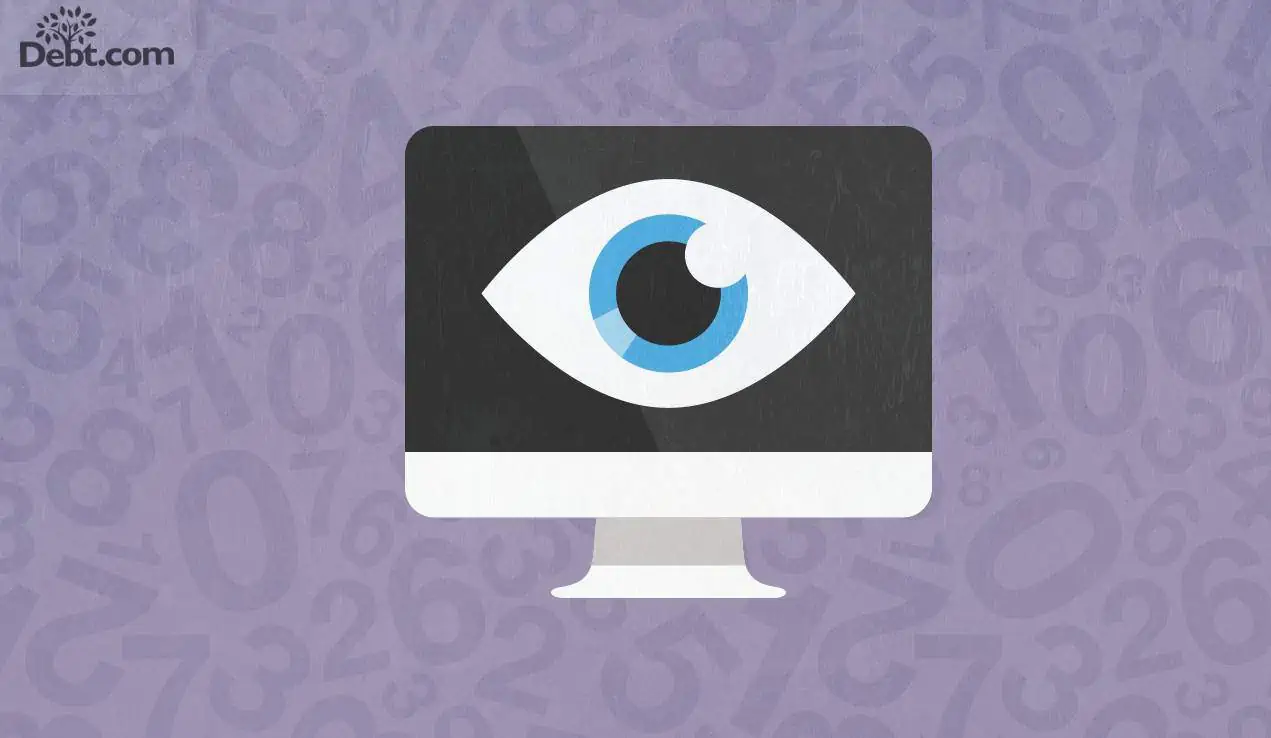The IRS has ways of discovering what you make, even if you don’t report that information yourself. You can also expect the federal government to make every attempt to collect what they’re owed.
If you don’t pay taxes, you could face consequences like wage garnishment, bank levies, and property liens. In other words, money can be taken from your income sources directly – whether you choose to pay or not.
Some people might think that the IRS is so backlogged with tax returns that they might be able to avoid filing and paying taxes, but that’s not a smart financial (or legal) move.
Sooner or later, you’ll have to pay up.
Filing taxes and paying them immediately – or requesting alternative payment options – cuts down on interest and penalties, saving you money in the long run.
How the IRS collects information about income
In most cases of unreported income, your information gets red-flagged by a system called the Information Returns Processing (IRP) System.
This huge database compares stated income to the information third parties provide, like your employer, banks, and other financial institutions. (Yes, they all report to the IRS each year, just like taxpayers.) When numbers don’t match up, an alert goes out and the IRS investigates.
“Even in the absence of a tax return, the IRS can determine if you owe taxes by the income that was reported to them by others,” Joe Valinho, tax code expert and president of Justice Tax, tells Debt.com. “Using this information the IRS can file a tax return for you, without any deductions and file you as single at the highest tax rate, regardless of your marital status or deductions.”
Federal law requires companies to report their employees’ or payees’ income such as wages, pensions, or interest and dividends. When the IRS needs more information, they get it from the IRP.
In addition to comparing statements with reporting third parties, IRS analysis can also come in the form of:
- Business financial ratios – compares your business’ earnings to similar ones in the same industry (for small business owners or those who are self-employed)
- Bank deposit analysis – reviews bank deposits, searching for any taxable income sources (does not include nontaxable sources like gifts and funds from a loan)
- Website and e-commerce – examines the digital trail of transactions associated with a business website (also includes financial activity not connected to the main company)
Typically, the IRS only requests information from the IRP when there’s suspected underreporting or non-payment of taxes. The IRS may even request information to correct internal calculations.
How the IRS calculates a taxpayer’s liability
If a taxpayer underreports income, which means the income figure they reported on their tax return is less than their actual income, the IRP sends an alert to the IRS. Then an IRS agent compares the income on your tax return with the information in the IRP. The IRP allows agents to match income reported on third-party information returns against the income reported by you.
At this point, the IRS begins the collections process.
First, you’ll receive a letter informing you of a discrepancy in reporting and that you may have unpaid taxes. You can either dispute the discrepancy or arrange to pay the amount due.
Along with information from past tax returns, the IRS uses data from the IRP to estimate the amount of taxes you owe. This calculation is just an estimate and can be different from the actual taxes owed.
The IRS is required to send you certain information by law, like the amount due. When assessing the approximate amount you owe, the IRS either adjusts your return or files a return on your behalf, called a Substitute for Tax Return (SFR).
It is only after they assess a tax debt that the IRS can begin collection actions.
How to handle a notice from the IRS
When you receive a notice about tax debt, the first thing you need to do is figure out exactly what you owe.
The amount on the notice could be incorrect, depending on calculations the IRS makes. For example, the amount on a Substitute for Return is usually high because it does not include any credits or deductions. If you find that the amount they calculated is inaccurate, contact the IRS to get it corrected.
Either way, you need to reply.
“Failure to respond to this notice can result in the IRS taking aggressive collections, levying your wages and or bank accounts and they can even attempt to seize your assets,” Valinho says. “In order to avoid these actions, you will need to get into a formal agreement.”
Hang on to the financial documents that you used to calculate your taxes because this evidence will back up your claims. If you delay contacting the IRS, the estimation is considered final and aggressive collection actions will begin.
Working out deductions and repayment while trying to report your income can get complicated.
If you need someone in your corner, consult with a tax professional before contacting the IRS. Keep in mind that the IRS prioritizes collecting debt, not saving you money.
It is always a good idea to consult with a tax professional before contacting the IRS. Keep in mind that the IRS is not looking out for your best interests; they are debt collectors looking to get as much as they can from you.







